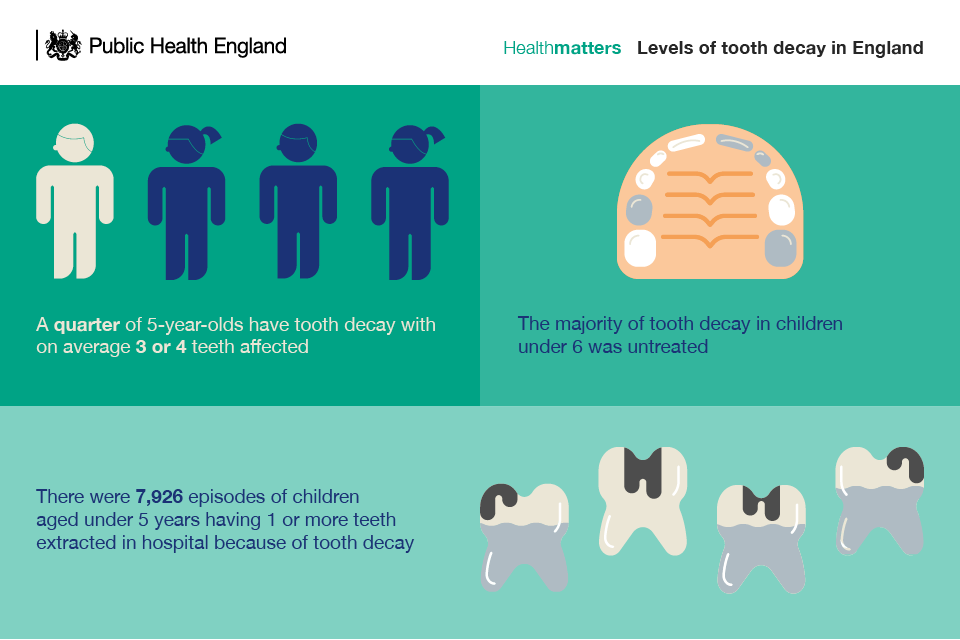Stay Prepared For Abrupt Dental Emergency Situations By Having The Ability To Identify The Indicators Of Injury And Recognizing When It Is Essential To Look For Immediate Clinical Support
Stay Prepared For Abrupt Dental Emergency Situations By Having The Ability To Identify The Indicators Of Injury And Recognizing When It Is Essential To Look For Immediate Clinical Support
Blog Article
Short Article By-Kang Cantrell
If you really feel an abrupt shock of discomfort or discover a tooth injury, it can be distressing. However just how do you figure out if it's a dental emergency situation that requires immediate focus? Recognizing the critical signs and knowing when to seek assistance can make all the difference in preserving your oral health. Understanding when to act swiftly might imply the distinction between a quick fix and extra considerable treatment.
Common Types of Dental Trauma
What're the usual kinds of oral trauma that you should be aware of?
Accidents can take place, causing numerous sorts of dental injuries. One common kind of oral injury is a fractured tooth. This can happen from attacking down on something hard or experiencing a blow to the face.
Another type is a damaged tooth, where a part of the tooth can chip off. In addition, you might experience a knocked-out tooth, which can occur during sports or falls. https://cesarpyace.blogsuperapp.com/31199868/find-vital-guidance-for-an-effective-oral-implant-recovery-discover-efficient-discomfort-management-techniques-and-the-very-best-practices-for-dental-health-to-make-sure-a-smooth-and-healthy-recovery-procedure to manage the tooth carefully and look for immediate oral attention.
https://thegadgetflow.com/blog/this-innovative-tooth-whitening-kit-uses-violet-light-to-remove-stains/ can also involve a tooth that has been pushed out of placement or loosened as a result of an injury. This type of injury requires punctual treatment to save the tooth.
Lastly, soft tissue injuries in the mouth, such as cuts, can also take place from accidents. Learning about these typical kinds of dental injury can aid you act promptly and suitably in case of an emergency situation.
Indications of Dental Emergencies
Recognizing the indications of oral emergency situations is crucial for timely activity and proper treatment. If you experience severe tooth discomfort that's constant and throbbing, it can show an underlying concern that needs instant attention.
Swelling in the periodontals, face, or jaw can additionally signify an oral emergency situation, specifically if it's accompanied by discomfort or fever. Any kind of type of injury to the mouth causing a broken, broken, or knocked-out tooth ought to be dealt with as an emergency situation to prevent more damage and possible infection.
Hemorrhaging from the mouth that doesn't stop after applying pressure for a couple of mins is an additional red flag that you should seek emergency situation dental care. Additionally, if you observe any signs of infection such as pus, a foul taste in your mouth, or a fever, it's important to see a dental expert as soon as possible.
Disregarding these indications can bring about a lot more significant problems, so it's important to act swiftly when faced with a prospective dental emergency situation.
Relevance of Immediate Treatment
Prompt activity and prompt treatment are important in attending to dental emergency situations to avoid further issues and guarantee optimal results for your oral health and wellness.
When confronted with an oral emergency, such as a knocked-out tooth or extreme tooth pain, seeking prompt treatment can make a considerable distinction in conserving your tooth and easing pain. Postponing therapy can lead to infection, increased pain, and even irreversible damage to your teeth and gum tissues.
By seeking emergency situation dental care promptly, you boost the chances of effective treatment and restoration. Dentists have the needed abilities and devices to address emergency situations properly, lowering the threat of long-term repercussions.
Additionally, immediate treatment can help handle discomfort and pain, enabling you to resume your everyday activities without diversion.
Conclusion
To conclude, understanding dental trauma and knowing when to look for emergency treatment is crucial for maintaining dental health.
By identifying usual kinds of dental injuries and the signs of oral emergencies, you can guarantee punctual care to avoid more damage and difficulties.
Remember, looking for instant treatment can save teeth, lower pain, and raise the possibilities of successful recuperation.
Do not hesitate to look for help from a dental specialist if you experience any type of signs of oral trauma.
